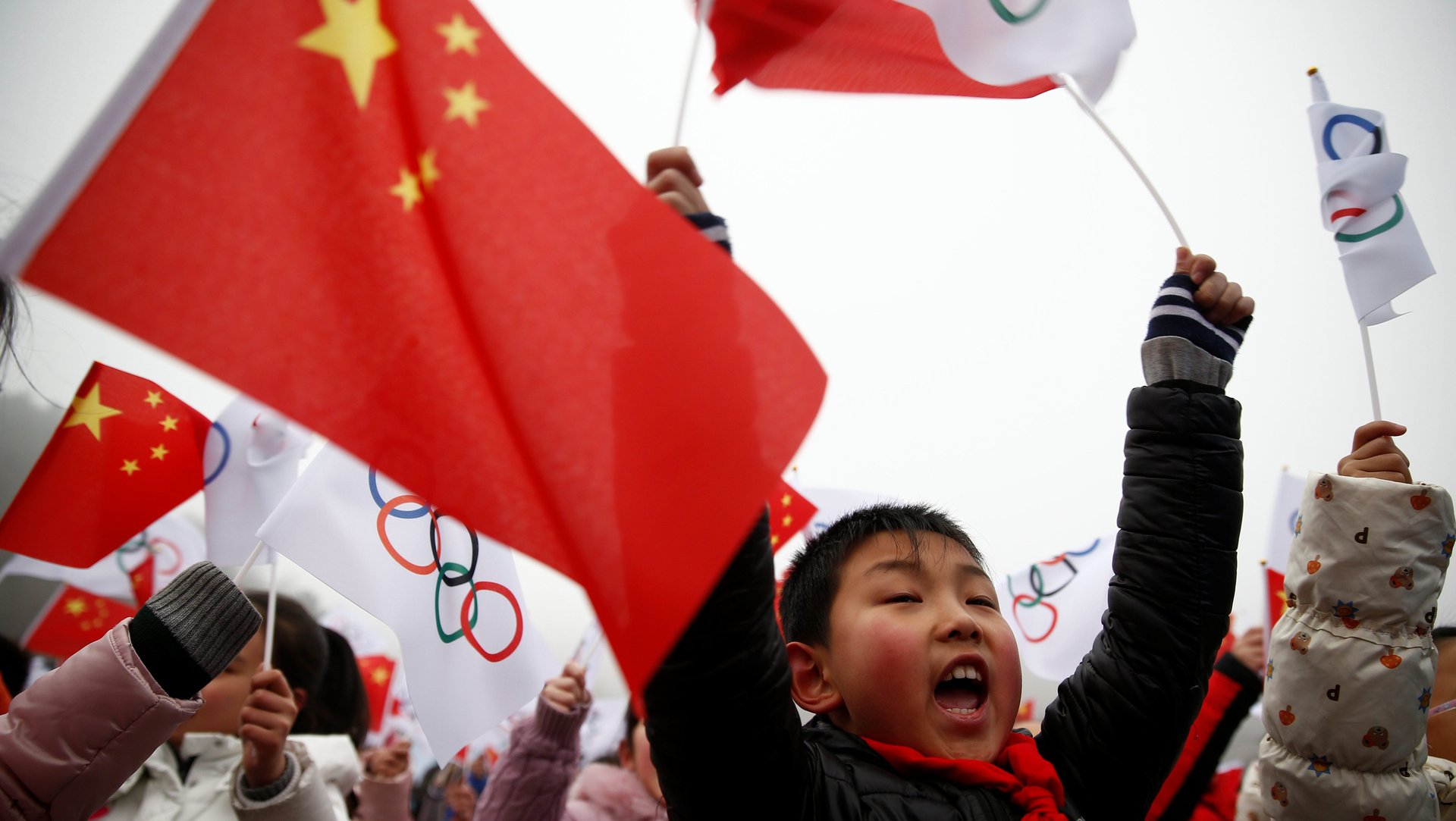China just got one step closer to ending its family-planning policies
Over the years few things have symbolized China’s heavy-handedness quite like the one-child policy it implemented in 1979. But in a sign of change, this week Beijing announced the end of the commission charged with implementing such policies.


Over the years few things have symbolized China’s heavy-handedness quite like the one-child policy it implemented in 1979. But in a sign of change, this week Beijing announced the end of the commission charged with implementing such policies.
The move comes amid a broad reshuffling of ministries and agencies taking place during this year’s Two Sessions meeting of the National People’s Congress, a two-week event ending March 20. A newly formed National Health Commission will oversee the family-planning policy, which as of 2016 allows for two kids.
That policy is unlikely to change anytime soon (paywall). But the end of the stand-alone commission is one of many signs that China is likely to eventually end such rules, He Yafu, an independent demographer, told the state-run Global Times: “Although the government has not officially abolished the family-planning policy, it is expected to be relegated to a lower status and ultimately retreat from the stage of history.”
China faces social and economic challenges caused by the one-child policy, including a gender imbalance and shrinking labor force. The country’s number of live births dropped to 17.2 million last year, down from 18.5 million in 2016.
In 2016, China stopped requiring couples to apply for official approval before having a first or second child.
Few in China would miss the population controllers who have for so long plagued couples—even ones living in remote villages—wanting to decide for themselves how many children to have. Backed by a vast bureaucracy, family-planning officials have been known to brutally enforce policies, including via abortions and sterilization. Officials have often demanded “social support fees” from those wanting to have more offspring than allowed, with the fees varying wildly: Film director Zhang Yimou paid $1.2 million for having two more children than permitted under the one-child policy in 2014.